Extraction of inert materials left bank of the Osh-Razzakov road, Iiri-Sai section (Ak-Terek), Kara-Suu district.
Coordinates: 40.441671, 72.757207
The extraction of natural resources invariably benefits people while causing harm to the environment. Numerous ecological problems arise during the stages of their extraction and processing.
In the development of mineral resources: rocks are extracted from the earth, underground voids appear, subsidence occurs, dumps, tailings ponds, and spoil heaps are created, surface and groundwater become contaminated, their levels change, atmospheric air becomes dusty, vegetation is destroyed, and modern geological processes develop, worsening the ecological situation. There is atmospheric pollution from vehicles. Restoring the natural environment will take many years.
The open-pit mining method involves creating pits at the deposit, which are referred to as cuts or quarries.
During the extraction and processing of mineral resources, a significant geological cycle occurs, involving various systems. As a result, there is a considerable impact on the ecology of the mining region, and such impact leads to negative consequences. The impact of mineral extraction on the lithosphere:
1. The development of deposits of dense rocks is accompanied by significant land withdrawal from agricultural use and forest lands. Extraction leads to significant changes in the landscape: the creation of anthropogenic forms of mesorelief – quarries, dumps.
2. There may be activation of geological processes (karst, landslides, rockfalls, subsidence, and shifting of rocks). Underground mining creates subsidence bowls and sinkholes.
3. Mechanical disruption of soils and their chemical contamination.
For the atmosphere, the main sources of pollution are vehicles operating at construction sites. They emit gases such as sulfur dioxide, nitrogen and sulfur oxides, benzpyrenes, and some others. The production of building materials, depending on specific technologies and substances produced, can contribute to the emission of other hazardous substances. It is also important to note the role of dust generated during any earthworks. Dust can impair the photosynthesis processes of plants and cause respiratory diseases in humans and animals. Construction work leads to significant noise and vibration pollution.
The open-pit mining of mineral deposits causes not only degradation of the earth's surface in the area of mining operations but also a sharp change in hydrological and hydrogeological conditions, leading to changes in the quality of surface and groundwater.
Quarry developments lead to a number of ecological problems: atmospheric pollution resulting from extraction or explosions during mining operations; exposure of aquifers and reduction of water pressure within them; infiltration of minerals into fresh groundwater and their salinization; withdrawal of large areas of land from economic circulation. The increase in mineral extraction exacerbates climate change and environmental pollution processes.
Thus, as the analysis of the impact of the extraction and processing of non-metallic minerals shows, the relevance of environmental issues is constantly increasing. To protect nature, the mining industry must utilize all key directions: the protection and rational use of land, atmosphere, water resources, and subsoil, as well as implement a comprehensive approach to waste management.
The extraction of natural resources invariably benefits people while causing harm to the environment. Numerous ecological problems arise during the stages of their extraction and processing.
In the development of mineral resources: rocks are extracted from the earth, underground voids appear, subsidence occurs, dumps, tailings ponds, and spoil heaps are created, surface and groundwater become contaminated, their levels change, atmospheric air becomes dusty, vegetation is destroyed, and modern geological processes develop, worsening the ecological situation. There is atmospheric pollution from vehicles. Restoring the natural environment will take many years.
The open-pit mining method involves creating pits at the deposit, which are referred to as cuts or quarries.
During the extraction and processing of mineral resources, a significant geological cycle occurs, involving various systems. As a result, there is a considerable impact on the ecology of the mining region, and such impact leads to negative consequences. The impact of mineral extraction on the lithosphere:
1. The development of deposits of dense rocks is accompanied by significant land withdrawal from agricultural use and forest lands. Extraction leads to significant changes in the landscape: the creation of anthropogenic forms of mesorelief – quarries, dumps.
2. There may be activation of geological processes (karst, landslides, rockfalls, subsidence, and shifting of rocks). Underground mining creates subsidence bowls and sinkholes.
3. Mechanical disruption of soils and their chemical contamination.
For the atmosphere, the main sources of pollution are vehicles operating at construction sites. They emit gases such as sulfur dioxide, nitrogen and sulfur oxides, benzpyrenes, and some others. The production of building materials, depending on specific technologies and substances produced, can contribute to the emission of other hazardous substances. It is also important to note the role of dust generated during any earthworks. Dust can impair the photosynthesis processes of plants and cause respiratory diseases in humans and animals. Construction work leads to significant noise and vibration pollution.
The open-pit mining of mineral deposits causes not only degradation of the earth's surface in the area of mining operations but also a sharp change in hydrological and hydrogeological conditions, leading to changes in the quality of surface and groundwater.
Quarry developments lead to a number of ecological problems: atmospheric pollution resulting from extraction or explosions during mining operations; exposure of aquifers and reduction of water pressure within them; infiltration of minerals into fresh groundwater and their salinization; withdrawal of large areas of land from economic circulation. The increase in mineral extraction exacerbates climate change and environmental pollution processes.
Thus, as the analysis of the impact of the extraction and processing of non-metallic minerals shows, the relevance of environmental issues is constantly increasing. To protect nature, the mining industry must utilize all key directions: the protection and rational use of land, atmosphere, water resources, and subsoil, as well as implement a comprehensive approach to waste management.
The research was conducted with the support of the Global Greengrants Fund (GGF), one of the leading donor organizations in the world supporting the efforts of ordinary people to protect planet Earth.
#GlobalGreengrantsFund #GreengrantsFund #Greengrants #GGF #GlobalGreengrantsFund
#GlobalGreengrantsFund #GreengrantsFund #Greengrants #GGF #GlobalGreengrantsFund

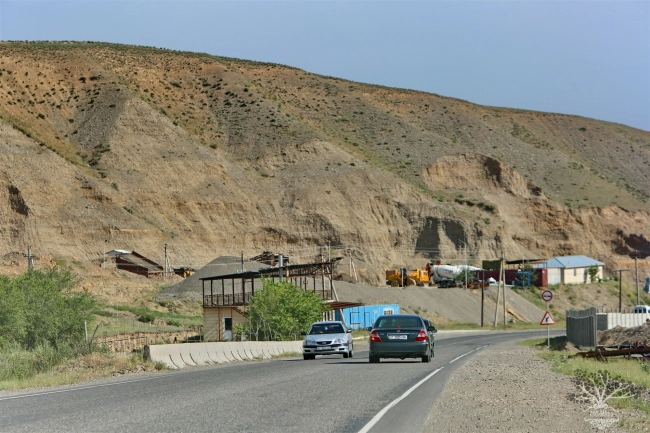
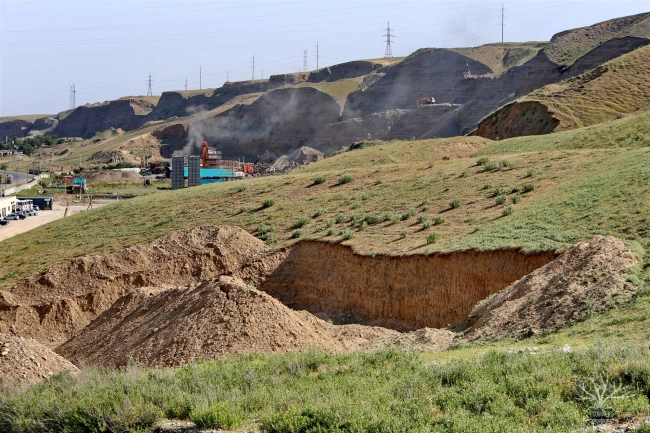
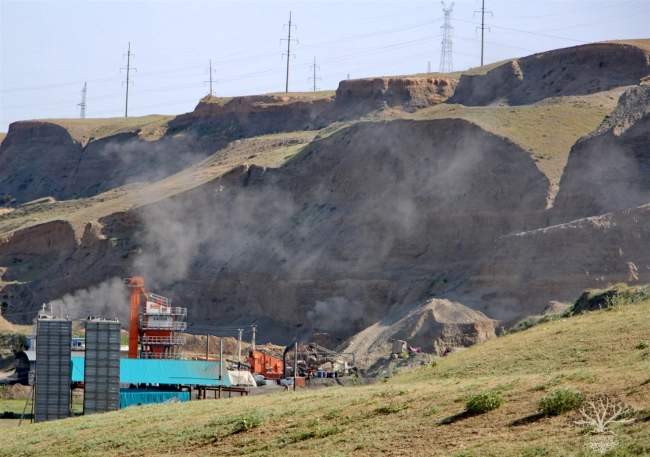

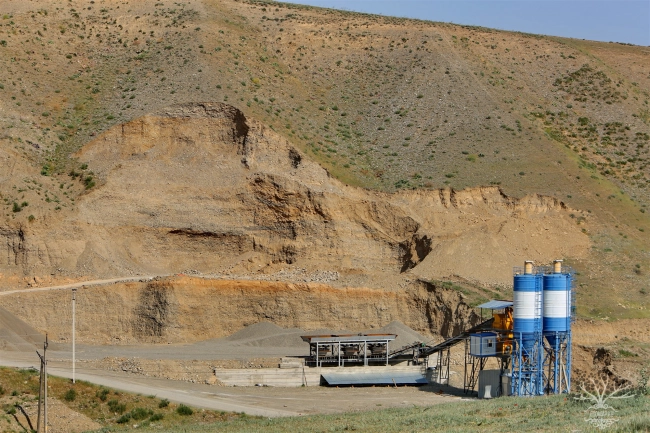



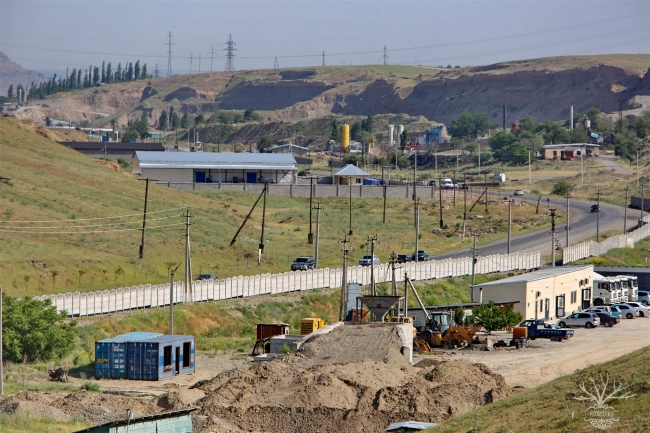
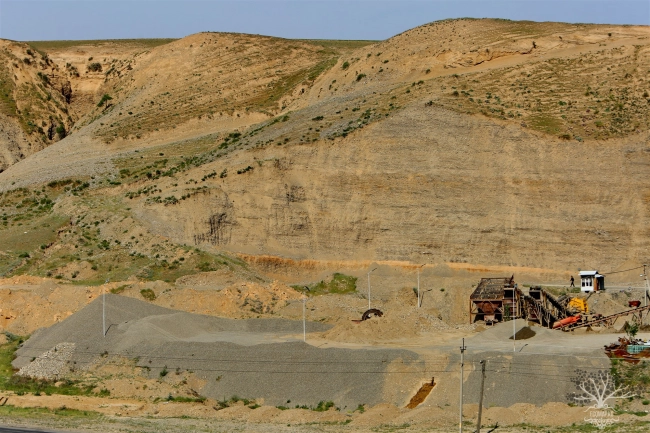


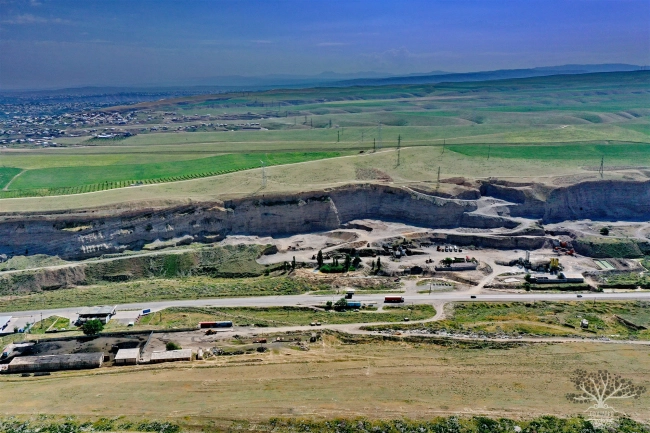

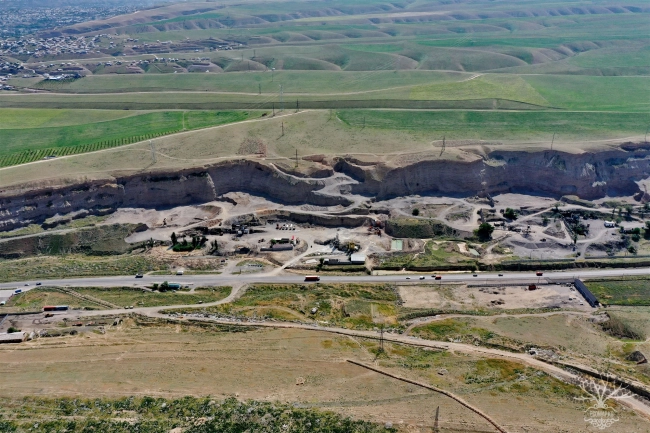

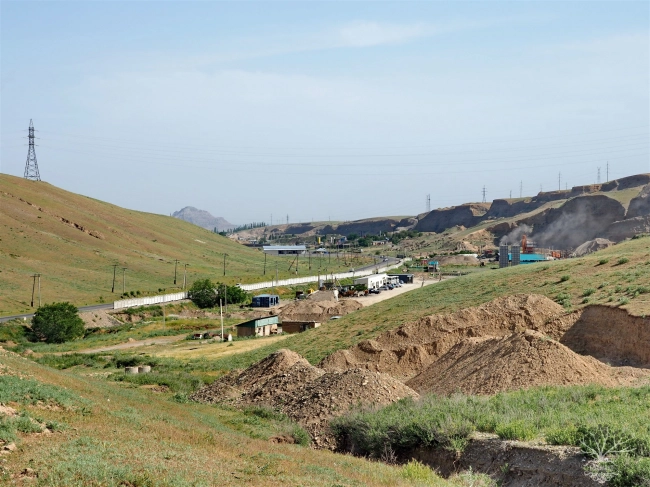


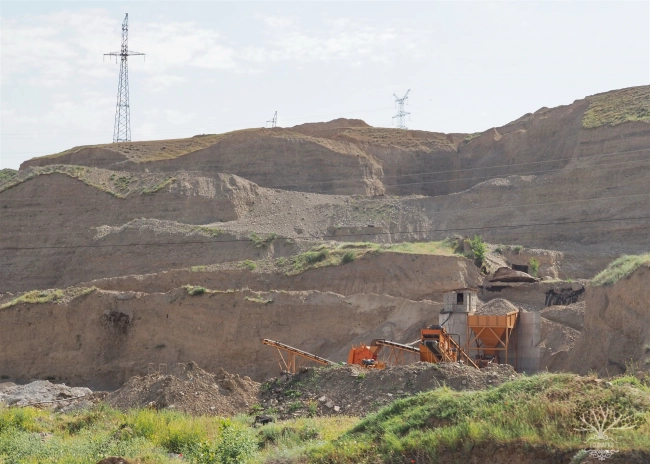



















Attention: Information based on submitted complaints